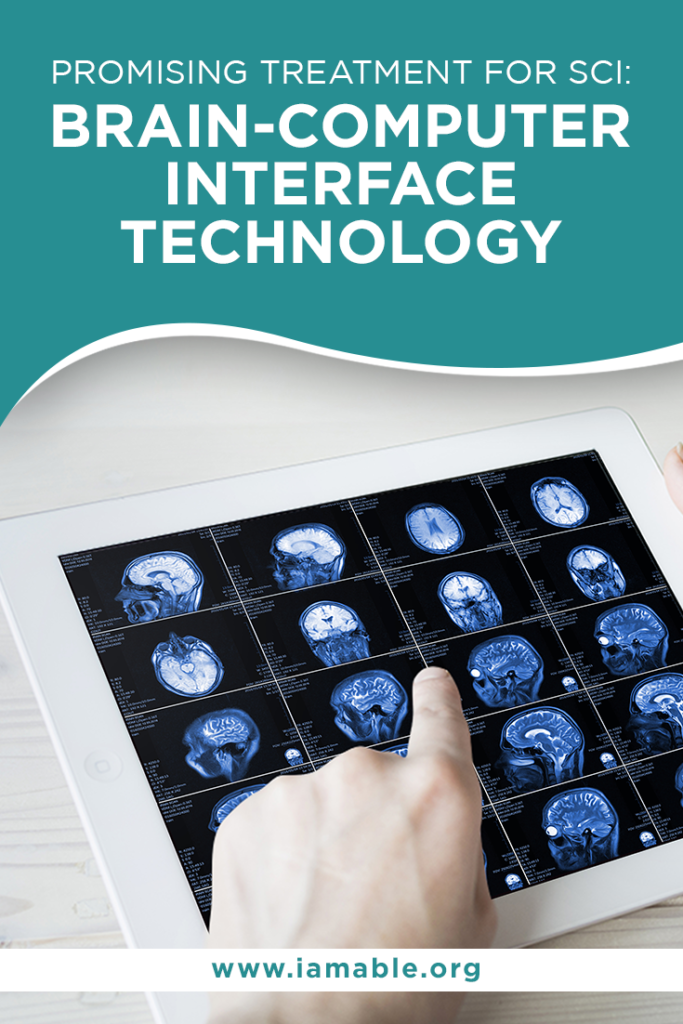Miami, FL 33186

Have you ever heard about Brain-Computer interface technology? Learn how it can help patients seeking Miami spinal cord injury rehabilitation here.
Finding a practical and suitable option for Miami spinal cord injury rehabilitation is no easy feat. That’s because each paralysis survivor has varying conditions or outlook. Also, you have many programs and technologies to choose from, like activity-based rehabilitation or peripheral nerve stimulation. Then, you also have promising options like the brain-computer interface technology or BCI technology.
Essentially, BCI technology is one of the potential solutions for doctors and researchers to help restore sensation and muscle control of people with spinal cord injury. Have you heard about Brain-Computer interface technology before? Let’s explore how BCI tech works and how it can impact patients who live with paralysis in our discussion.
Many SCI survivors report complete or temporary loss of sensation. The severity of the situation varies, depending on the nature of the injury and the time it takes for the spinal cord swelling to subside.
On average, it takes up to 18 months to recover lost function or sensation for patients with incomplete SCI. Sometimes, it’s possible to speed up the process by seeking rehabilitation programs or treatment as soon as possible. Some of the usual rehabilitation programs that SCI survivors undergo include the following:
Strictly speaking, BCI technology isn’t something entirely new. That’s because research on this specific field started at the University of California back in the 70s. Researchers primarily focused on using BCI technology on neuroprosthetics, which allows patients to control their prosthetic equipment.
Today, scientists and researchers at the Blackrock Neurotech explore its applications in regaining sensation. Recent studies on BCIs demonstrate that brain signals remain even after a person suffers from a terrible spinal cord injury.
And, with that fact established, researchers want to tap into the existing mechanism of the Brain-Computer interface technology to facilitate a bi-directional movement of information. This way, instead of simply sending signals to move a prosthesis, the brain also receives information on how an object feels.
In a huge way, this medical breakthrough is a silver lining to thousands of SCI patients in the USA. Notably, up to 358,000 individuals in the country have SCI and a considerable fraction experience numbness on various parts of their bodies.
A lot has changed in the SCI rehabilitation industry, and these improvements and innovations have made a significant mark in the lives of thousands. Apart from BCI technology, here are other emerging trends that SCI patients can look forward to in the next few years:
RALT primarily helps in gait rehabilitation as it stimulates muscle activity and lessens a patient’s dependence on a therapist during training. According to a study, RALT also comes in extra handy in improving ankle movements, which actively helps restore mobility.
VR Therapy has been around for years as a tool used to treat and assess spinal cord injury. It mainly aids a patient by providing a feasible environment for locomotor training and helps improve interaction and psychological stability.
Augmented Reality (AR) therapy works similar to virtual reality training for SCI patients. The only difference is that it contributes to stimulating the senses and the muscles. Typically, patients can undergo AR training at home for up to 4 weeks in about 16 to 20 separate sessions with a therapist.
Combined with assistive devices, EGT technologies help people with incomplete SCI to achieve some degree of mobility. Typically, an EGT device gets attached to the thigh and shank to enable a patient to walk, run or jump.
Dynamic weight shifting training plays a crucial role in helping you transition from a seating to a standing position. It’s a progressive training method that stimulates muscles such as your hip adductors and abductors. It involves attaching motorized cables on the hips and legs while you walk on a treadmill. Essentially, this enhances your gait and strengthens your hip and legs muscles.
Studies on these new rehabilitation techniques for SCI patients continue to explore their application and limitations. So, it would be helpful to stay tuned to possible updates from the community and the iAmAble blog.
Indeed, living after a paralyzing spinal cord injury can be quite a challenging chapter of one’s life. Sometimes, it can get so frustrating that you feel you’ve reached the end of the line.
But as we always tell our readers and the paralysis survivors that we meet, there is life after paralysis. You can thrive and integrate yourself back into your old routine. With innovative Miami spinal cord injury rehabilitation options like the BCI technology, RALT, and EGT or therapies like activity-based training for paralysis survivors, you can potentially regain lost body functions and increase your mobility.
You might also find it helpful to have a comprehensive guide to living with paralysis. At iAmAble, we offer a FREE copy of our book on the key steps that paralysis patients should take to thrive and adjust to their new life.
It helps you take on the day-to-day challenges of living with paralysis, such as finding the right piece of mobility equipment or prosthesis or coping with the mentally and emotionally taxing effects of your injury.
Download your copy of our Miami spinal cord injury rehabilitation and recovery guide today!
Grab our free e-book 7 Unbelievably Important Steps to Take to THRIVE after Paralysis by clicking the image below.
